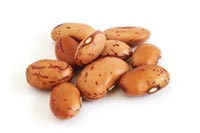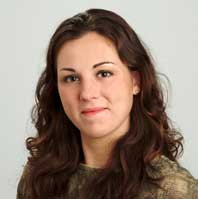Can You Freeze Away Your Belly Fat?
A new device promises fat loss without surgery, diets or exercise. FOF investigates.
When we first heard about Coolsculpting at the FOF offices, there was one resounding response from our staff: “Sounds too good to be true.”
The claim: A new, non-surgical procedure can actually “freeze” away your fat cells. No dieting, cutting, anesthesia or recovery time. Just an hour in your doctor’s office, hooked up to a non-invasive “Coolsculpting” machine. Then, watch your fat slowly melt away.
But over the last few months, several doctors we trust have praised the procedure, so we felt compelled to investigate.
What we discovered: “Coolscupting” technology was created by Zeltiq, a global medical device company. It’s based on a process called Cryolipolysis, developed by two researchers at Harvard Medical School. These doctors demonstrated that fat cells are more susceptible to extreme cold than other cells and can be selectively destroyed without damaging the overlying skin. During “Coolsculpting,” a machine cools a targeted area of a patient’s body. Within several days of receiving the procedure, cooled fat cells begin a process called apoptosis (natural cell death) and begin to shrink and disappear. Clinical trials showed an average 20-percent reduction in fat in the treated area within 16 weeks.
Here, two doctors who have performed the procedure, and a patient who’s tried it, answer our most pressing questions. Read what they have to say, and tell us, would you try it?
—————————————————————————————————–—-
Expert testimony: Dr. Debra Jaliman, dermatologist, American Academy of Dermatology spokesperson and author of Skin Rules: Trade Secrets from a Top New York Dermatologist
“I’m a doctor and a patient–I used it on myself. I read all the studies; it sounded good, so I bought the machine for my practice. Before I used it on anyone else, I used it on my own back fat. Afterward I kept pinching my back, and I didn’t notice a difference–6 weeks, 12 weeks. I started to panic. But then at 16 weeks, there was nothing to pinch….it had totally worked. It was amazing.”
Does it hurt?
I didn’t find it painful, but people say I’m the exception. My patients do say they feel pressure–intense suction for the first 7 minutes. Some people find it unpleasant, and after you may have a bruise or a red spot and feel sore for a few weeks. Some people get cramping while the fat is dissolving.
Who do you think is a good candidate for this procedure?
Someone who takes care of herself and maintains a healthy weight, but has stubborn fat she can’t get rid of.
Who is not a good candidate?
Someone who doesn’t have enough fat. You have to have at least “an inch to pinch” we tell patients. Or someone who has too much fat. This isn’t for someone who is 80-90 pounds overweight. Also, it’s not right for someone with loose skin or lack of skin elasticity. This procedure only removes fat cells, so if you have droopy skin from age or weight loss, this procedure won’t help you.”
How many times do you need to have it done?
We normally recommend 1-2 treatments, depending on the person. We’re very careful about recommending a certain number of treatments, in writing, right at the start so that people don’t get upset when they need a second treatment.
How much is each treatment?
About $750 for the belly, and $750 per side for love handles.
—————————————————————————————————–—-
b
Expert testimony: Dr. Jon Mendelsohn, Medical Director of Advanced Cosmetic and Laser Center, Cincinnati, OH
“I’ve been using the machine in my practice for 16 months. I tested it on several people in my office and on my own abdominal area.”
Did it hurt?
On a scale of 1-10, it’s a 2-4. The suction did make me say, “oh my god” at first, and for several days after the area was hypersensitive.
Who is the best candidate for this procedure?
Someone who has realistic expections. A typical patient will lose about 20-30 percent of their fat, as opposed to 80-90 percent which is what we can offer with liposuction. Lipo offers more volume, but of course, that’s an invasive, surgical procedure with recovery time. There’s no recovery time for this.
Would this be good for an FOF women, who, for example, has gained weight in her midsection during menopause?
Yes–definitely. This is not for the 350-pound person. It’s for the person who is at a pretty good weight, but has stubborn belly fat, love handles or back fat.
Are there any dangers or side effects? Is it safe to have that fat just dying off in your body?
It’s really no different than what your body would have to process if you ate some french fries. The liver breaks down the fat and you excrete it over time. If you had serious liver disease we would have to take that into consideration, but no, it’s not dangerous.
Have you had unsatisfied patients?
Generally, patients are very pleased. The only patients who aren’t happy are the ones with unrealistic expectations–they expected more extreme results. At this point, we’ve gotten very good at identifying good candidates. There will always be doctors who choose to treat anyone, whether or not he or she is a good candidate, and that’s when people get upset.
—————————————————————————————————–—-
b
b
Expert testimony: Becky Neiheisel, age 62, Cincanniti, OH, Coolsculpting patient.
b
b
When and why did you have this procedure?
I did CoolSculpting this past July, becuase I wanted to get rid of some excess fat on my waist, back and thighs. I’d had liposuction a number of years ago, and I remember it being very painful and uncomfortable for quite a while afterward. With this they said, ‘you come in for an hour, there’s no surgery, and there’s no pain afterward.’
So it didn’t hurt for you?
The only discomfort is very minor. While you’re having it done they clamp a suction cup on your body and try to grab as much of the fatty area as they can. Then it starts freezing the area. At first it’s a little cold, but then it gets numb and you don’t feel anything. The biggest challenge is figuring out how to kill the hour.
How long before you saw results?
I saw a little after 2-2.5 months. But I didn’t see full results until about 4 months. I was absolutely astounded at the difference in 4 months. My husband started telling me how great I looked in my clothes. I lost about ½ inch around my waist and around each thigh. The area that’s been most impressive is my back. Before, I hated putting on my bra and seeing that little bit of fat bulge over the top of the straps in the back. I had stopped wearing all my thin knit tops because of it. I’m wearing them all again. The bulge is completely gone. I look 10 years younger from the back.
Have you recommended it to friends?
Yes, I recommended it to my son’s girlfriend, who asked me about it.
You are obviously happy with the results, but can you imagine someone who wouldn’t be?
To me it’s one of the neatest thing to come around in a long time. But, if you’re a rather impatient person–if you want to see results immediately, you won’t like it. You do have to wait.
Were there any negatives for you?
I’m always a little skeptical. When something sounds too good to be true, it’s probably not. But I really didn’t have any negatives. Other than I forgot a book one time when I went in for the treatment and they had to turn on the TV for me. I’m thrilled with the results.
—
So what do you think FOFs, considering the price, results, and everything else, is this something you’d consider?




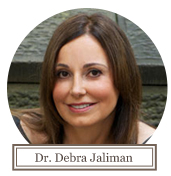
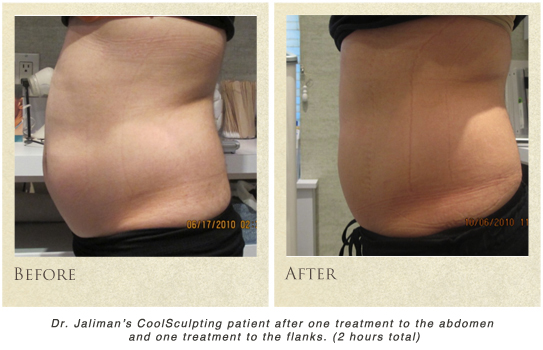



 You make connections in the book between wheat and a host of other health problems. How did you come up with this theory?
You make connections in the book between wheat and a host of other health problems. How did you come up with this theory?

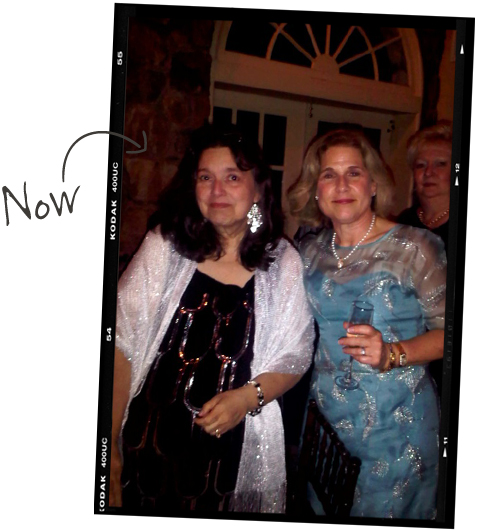
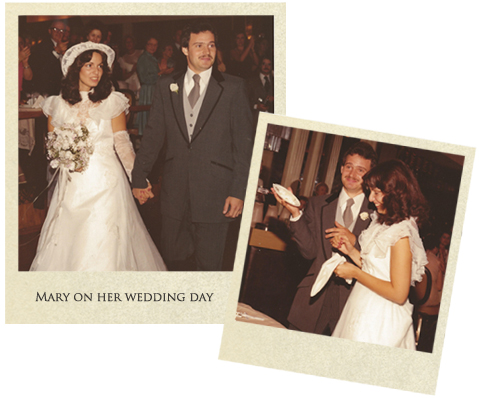
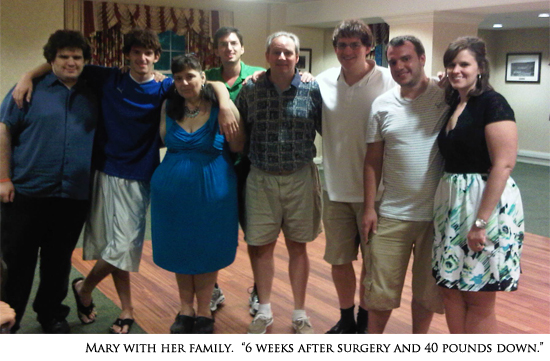
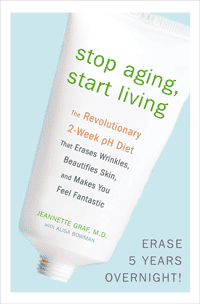 A 1931 Nobel Prize Winning study in which Dr. Otto Warburg did a very simple test. He immersed cancer cells and healthy cells in two solutions. The first solution was oxygen-poor and highly acidic. The second solution was high-oxygen, highly alkaline. The cancer cells thrived in the low-oxygen, highly acidic environment but could not replicate well in the high-oxygen, more alkaline solution. The opposite was true for the healthy cells. Essentially, his study shows that when you’re alkaline at a cellular level you can defeat disease. That’s when I realized how important your body’s pH is to your overall health and appearance.
A 1931 Nobel Prize Winning study in which Dr. Otto Warburg did a very simple test. He immersed cancer cells and healthy cells in two solutions. The first solution was oxygen-poor and highly acidic. The second solution was high-oxygen, highly alkaline. The cancer cells thrived in the low-oxygen, highly acidic environment but could not replicate well in the high-oxygen, more alkaline solution. The opposite was true for the healthy cells. Essentially, his study shows that when you’re alkaline at a cellular level you can defeat disease. That’s when I realized how important your body’s pH is to your overall health and appearance.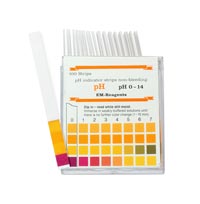 Where do you get pH strips?
Where do you get pH strips?
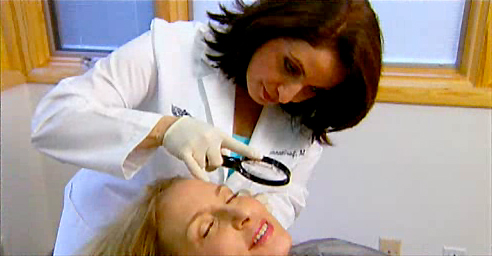
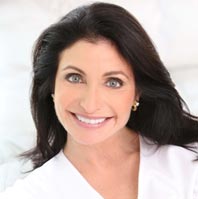
 no longer working large farms, they have fruit and vegetable stands. They eat a lot of fresh vegetables and fruit from their own trees.” If you’re a gardener, you’re half way there. If not, head to your local farmer’s market or join a CSA.
no longer working large farms, they have fruit and vegetable stands. They eat a lot of fresh vegetables and fruit from their own trees.” If you’re a gardener, you’re half way there. If not, head to your local farmer’s market or join a CSA.

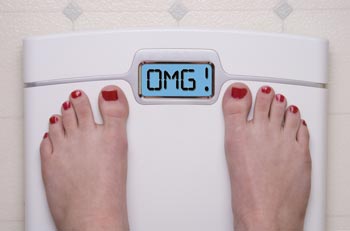

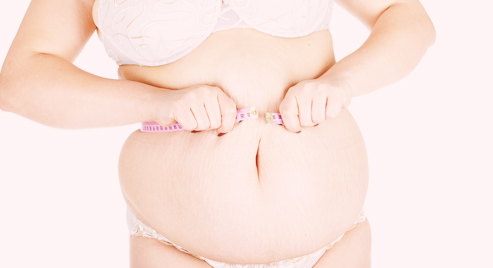 Yes. Often, a part of this isn’t going to go away. These fat cells develop and get bigger during menopause. You can make them smaller, but you can’t get rid of them completely. If you get down to the weight you’re happy at, but you still have belly fat that’s bothering you, I might suggest surgery. Liposuction would actually get the cells out. I recommend that as a last alternative.
Yes. Often, a part of this isn’t going to go away. These fat cells develop and get bigger during menopause. You can make them smaller, but you can’t get rid of them completely. If you get down to the weight you’re happy at, but you still have belly fat that’s bothering you, I might suggest surgery. Liposuction would actually get the cells out. I recommend that as a last alternative.
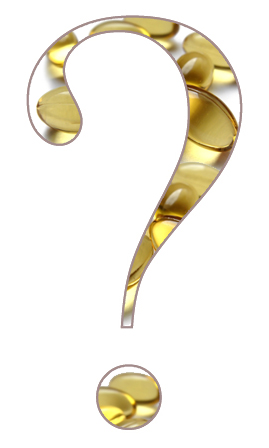
 Dr. Edwards: That number is based purely on vitamin D and bone health. If your vitamin D level is between 20 and 30 it will maintain bone health. But new studies are showing that when you get that number above 50, vitamin D may have additional benefits. It may actually turn on and off genes that are associated with cancer, stroke, depression and cardiovascular disease.
Dr. Edwards: That number is based purely on vitamin D and bone health. If your vitamin D level is between 20 and 30 it will maintain bone health. But new studies are showing that when you get that number above 50, vitamin D may have additional benefits. It may actually turn on and off genes that are associated with cancer, stroke, depression and cardiovascular disease.
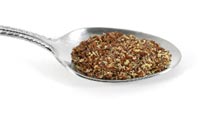 • Omega 3 fatty acids to “regulate blood pressure, relieve swelling, keep the lining of the arteries smooth.”
• Omega 3 fatty acids to “regulate blood pressure, relieve swelling, keep the lining of the arteries smooth.”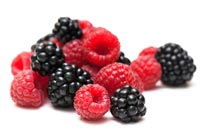 • Folate to help reduce the risk of numerous diseases, including anemia, heart disease and stroke
• Folate to help reduce the risk of numerous diseases, including anemia, heart disease and stroke
 • Omega 3 fatty acids
• Omega 3 fatty acids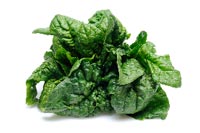 • Vitamins A, B2 and B6, C, E
• Vitamins A, B2 and B6, C, E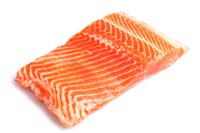 Eat wild-raised salmon if you’re concerned with mercury. The current USDA recommendation is that you can have up to twelve ounces of fish a week–even fish with high mercury content–and still be safe. One serving is 3 ounces, or about the size of a deck of cards.”
Eat wild-raised salmon if you’re concerned with mercury. The current USDA recommendation is that you can have up to twelve ounces of fish a week–even fish with high mercury content–and still be safe. One serving is 3 ounces, or about the size of a deck of cards.”